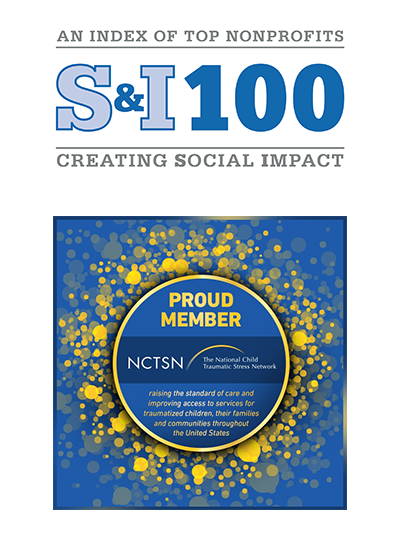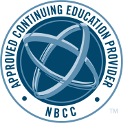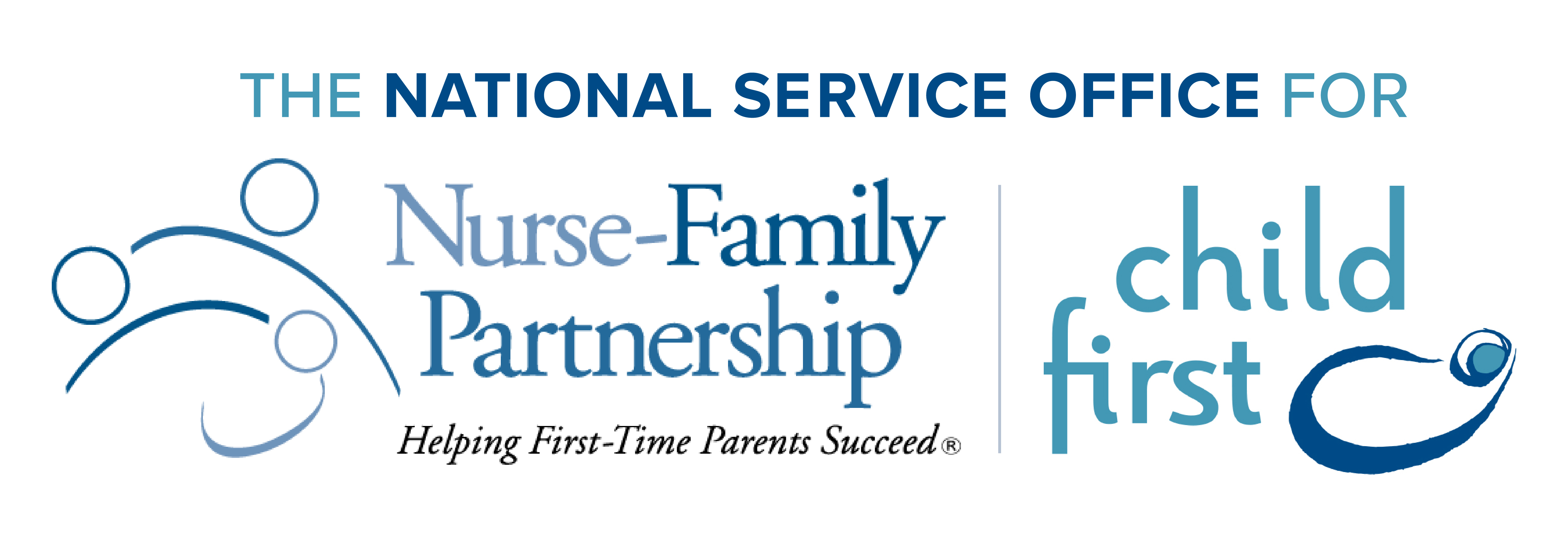The Child First Organizational Structure consists of the:
- National Program Office
- Affiliate Agencies
- Child First Team Structure (within Affiliate Agencies)
- Community Advisory Boards
Each Component plays a key role in maintaining fidelity of the overall model.
National Program Office
The National Program Office (NPO) provides a number of critical functions in support of the growing network of affiliate agencies implementing the Child First model.
The NPO:
- Provides all policies, system development, and technical assistance to Child First affiliate agencies to ensure fidelity to the model.
- Provides all training, including the on-site Learning Collaborative, Distance Learning, specialty training, topical training, and new staff training.
- Provides reflective clinical consultation to all Child First affiliate sites by the State Clinical Director or Senior Clinical Consultants. The depth and intensity of Child First’s ongoing support is key to the effectiveness of the model. It helps local agencies implement with fidelity, address challenges as they arise, and use data and other feedback to improve the quality of engagement and intervention with vulnerable children and families.
- Collects process and outcome data, conducts analysis of all data, and provides regular reports to all affiliate sites to promote continuous quality enhancement. Provides outcome reports to funders, as requested.
- Conducts ongoing quality assurance activities to maintain fidelity to the model.
- Conducts accreditation of all Child First affiliate sites.
- Cultivates and manages key relationships at the state and community level in Child First states to ensure sustained funding and support.
- Cultivates relationships in prospective communities/states and makes decisions on which states, communities, and agencies will participate in replication and become part of the Child First Network.
- Builds national awareness for Child First and sets strategic direction for the Network.
- Participates in national meetings and collaboration with other evidence-based home visiting and mental health models.
- Secures financial resources through fundraising and agency fees to sustain National Program Office operations.
Affiliate Agencies
An Affiliate Agency is a local provider responsible for the implementation of the Child First home-based intervention. This agency has broad responsibility and must provide all the staffing, clinical and administrative supervision, and financial structure for implementation. The Affiliate Agency serves as the agent of the community, providing Child First services to a specific geographic region (unless otherwise designated).
Requirements for the Affiliate Agency:
Not for profit:
- Must have 501(c)(3) status.
Relationship with community:
-
Must be an organization known in the community for being a strong collaborative partner and community leader.
-
The Child First Clinical Director or agency leadership must actively participate in the early childhood collaborative or council.
- Must be committed to a family-centered, system of care approach to providing comprehensive, coordinated services to the child and family.
Mental health services:
-
Must be a successful provider of early childhood mental health and/or prevention services for low-income, high risk families.
Supervision requirements:
- The Clinical Director or Supervisor must be a licensed mental health clinician with at least five years’ experience with psychotherapeutic work with very young children and adults.
- Reflective, clinical supervision must be provided to each individual, team, and group (all teams at affiliate site) on a weekly basis.
- A full time Clinical Director may supervise a maximum of six teams.
Experience in home visiting:
- Must have experience providing home-based services to children and families.
Medicaid:
- Agency must have experience successfully receiving Medicaid reimbursement.
Staffing requirements:
- Child First staff work in teams of a licensed Master’s level, Mental Health/Developmental Clinician and a Bachelor’s level Care Coordinator. Both must have substantial experience with very young children and with ethnically diverse, challenged families.
- The Clinician’s work with the parent and young child focuses on their relationship, while the Care Coordinator’s work focuses on connecting the family with community-based services and supports. Staff must be multi-lingual, reflecting the ethnic composition of the community.
Cross-site data:
- Collection of programmatic Metric (process) data reported on a monthly basis.
- Collection of clinical fidelity data on a quarterly basis.
- Collection of child and family assessment data at baseline, six months, and termination.
- Entry of data into a web-based system.
Accreditation by Child First:
- Agree to accreditation by Child First, based on programmatic and clinical fidelity.
Child First Team Structure
A Clinical Team consisting of a licensed Mental Health /Developmental Clinician and a Care Coordinator is extremely effective with families because:
- Each individual has his/her own area of expertise and concentration, so therapeutic and service goals can proceed simultaneously.
- It provides two sets of eyes and two perspectives (based on individual culture and history) when working with families.
- It allows tremendous flexibility in roles and timing of interventions. (One can work with the child(ren) while the other is with the parent.)
- It is very efficient in terms of service cost.
- It allows parent-choice in terms of relationship-building.
- It provides an opportunity for Clinical Team members to work as therapist (Clinician) with therapeutic support (Care Coordinator) for extremely complex families.
- Clinical Team members support and provide a “holding environment” for each other, especially with very challenging families.
- If one Clinical Team member cannot make an appointment (due to illness or vacation), the other can make the visit, providing important consistency.
- It provides safety when first going into potentially risky neighborhoods or unknown home settings.
The quality, experience, and maturity of staff is critical. Reflective, experienced, committed, flexible, culturally competent, multi-lingual, ethnically diverse, nurturing staff are essential. It is through the relationships they form with parents that change occurs. They need the capacity to reflect on their own strengths and weaknesses, motivations, and relationship history. Staff should have had extensive experience working with very young children and ethnically diverse families. It is necessary to pay salaries that are high enough to recruit and retain high quality staff.
All the Mental Health/Developmental Clinicians and Care Coordinators should be co-located at the same organization so that they can build strong, trusting relationships with each other, and become a true team. The peer supervision and mutual support of the team members is critical to maintain high morale and the highest quality services when working with multi-challenged families.
Consistent, reflective, clinical supervision is essential, with an open door policy. Individual, team, and group supervision are necessary for all Child First staff, including Clinicians and Care Coordinators.
Community Advisory Boards
The Child First Community Advisory Board or early childhood collaborative is an essential component of the Child First model. It includes:
- Professionals from both child and adult serving agencies (state supported, non-profit, and for-profit) including: health care, early care and education, early intervention, schools including special education, child mental health, family resource and support centers, home-visiting, child welfare or protective services, domestic violence, shelters, adult substance abuse and mental health, social service departments, special health care needs, dental, and other social services.
- Parents and other primary caregivers.
- Community stakeholders including elected officials, policy makers, business, faith-based leaders, and funding partners.
The Child First Community Advisory Board or early childhood collaborative may look different in each region implementing Child First but they all:
-
Promote a shared understanding of system of care values:
- Child- and family-centered
- Relationship-based
- Individualized
- Culturally competent
- Grounded in developmental knowledge
- Infused into natural environments and services
- Facilitate relationship building among community providers, which increases trust and decreases issues of turf. This promotes collaborative problem solving at both the family and system level.
- Facilitate integration of services across service sectors, with referral of children and families to other community partners, as appropriate to their needs.
- Provide system oversight and problem-solving around gaps and redundancies within the service system. At the system level, this leads to new collaborative initiatives (often at no or low cost) and increased collaborative responses to new grants.
- Help community providers recognize the broad challenges of the children and families they serve, not just the individual need that they are addressing.
- Facilitate referrals of multi-risk families to Child First for comprehensive assessment and intervention, and facilitates referrals from Child First to other community providers for new services that promote family health and wellbeing.
There are required and recommended participants of a Child First Advisory Board.
Required collaborators:
- Parents
- Child welfare
- Pediatrics – e.g., private providers, clinic, and/or hospital
- Early care and education – e.g., Head Start, School Readiness
- Local education association and/or Board of Education
- Special education
- Child mental health
- Early intervention (IDEA Part C)
- Other home visiting models
- Domestic violence agency/shelter
Recommended Collaborators:
- Court system
- Homeless shelters and housing
- Family support and resource centers
- Health Department: WIC, Healthy Start
- Adult mental health and substance abuse providers
- Obstetrics
- Faith-based organizations
- State agencies: MIECHV, Medicaid, Education, Disabilities
Each community must develop or designate a Child First Advisory Board or collaborative (that may be part of a larger collaborative group), which directly monitors, facilitates communication, problem solves, and oversees the Child First program in that community.







